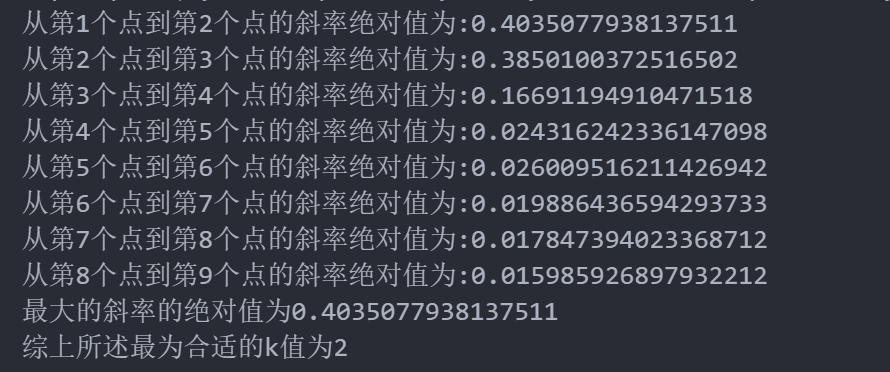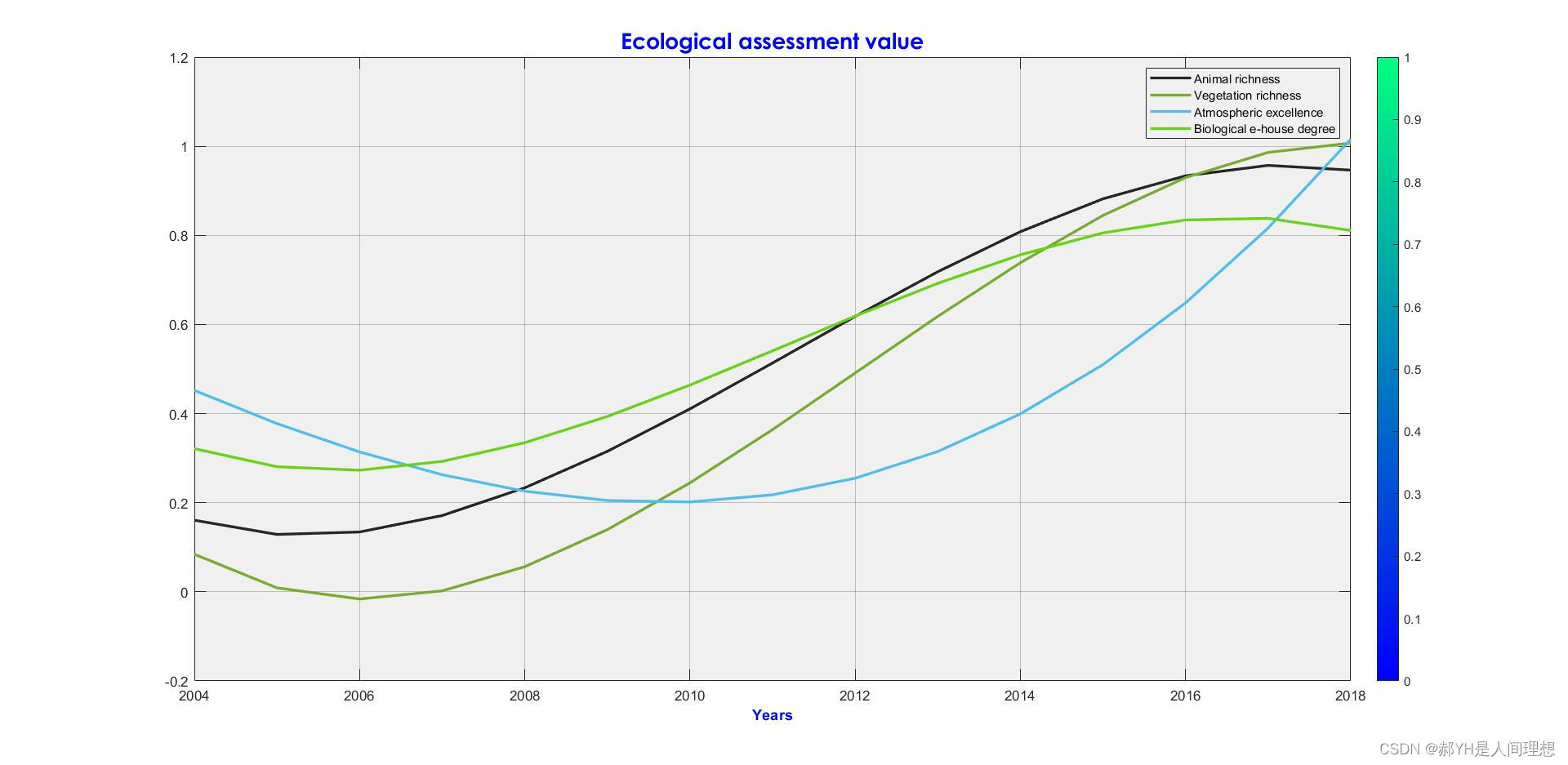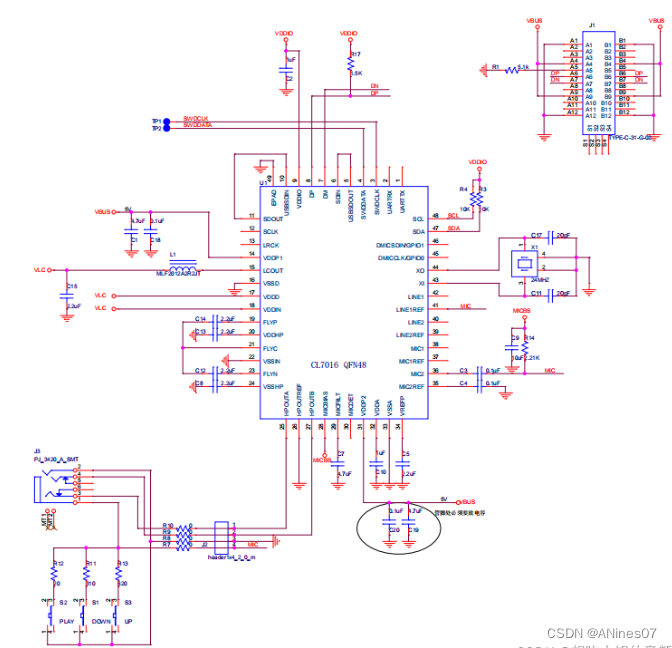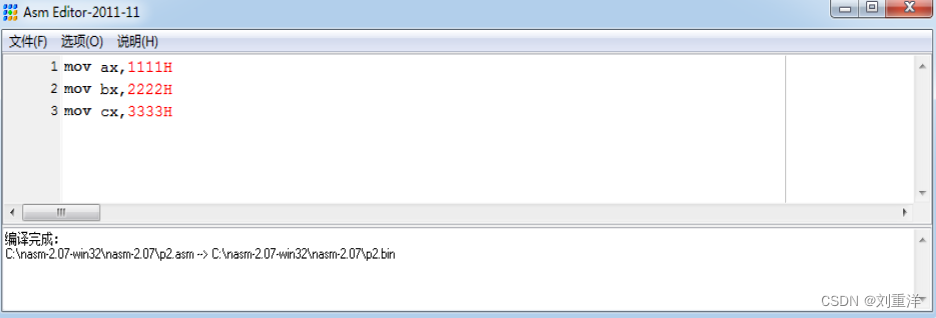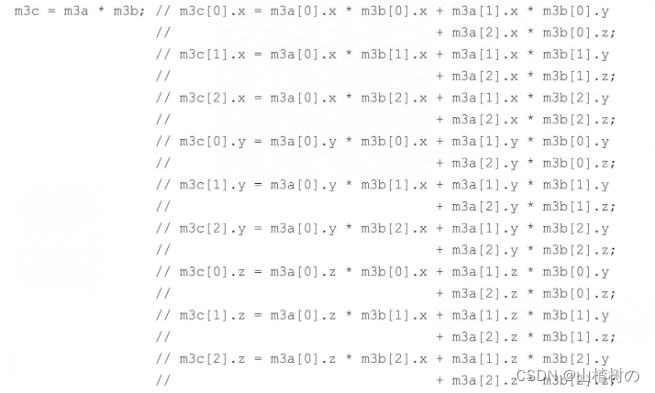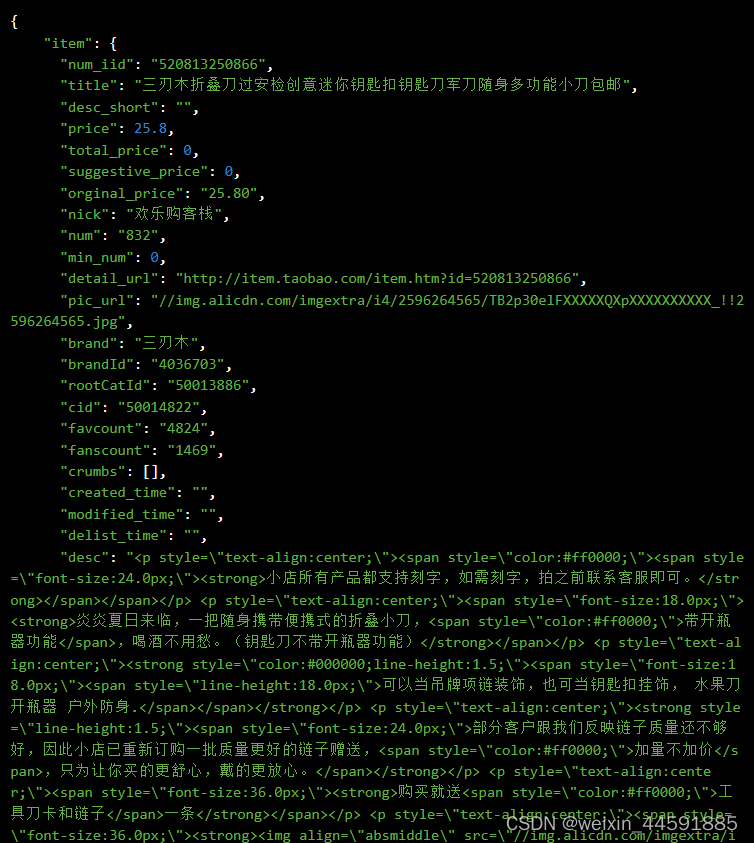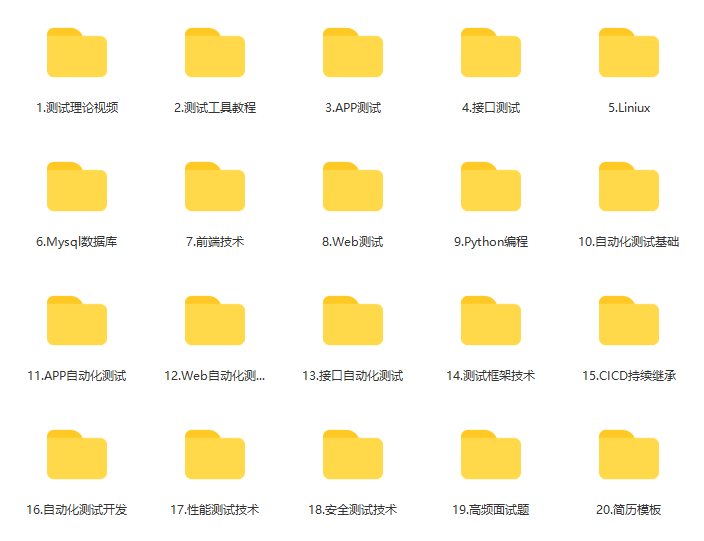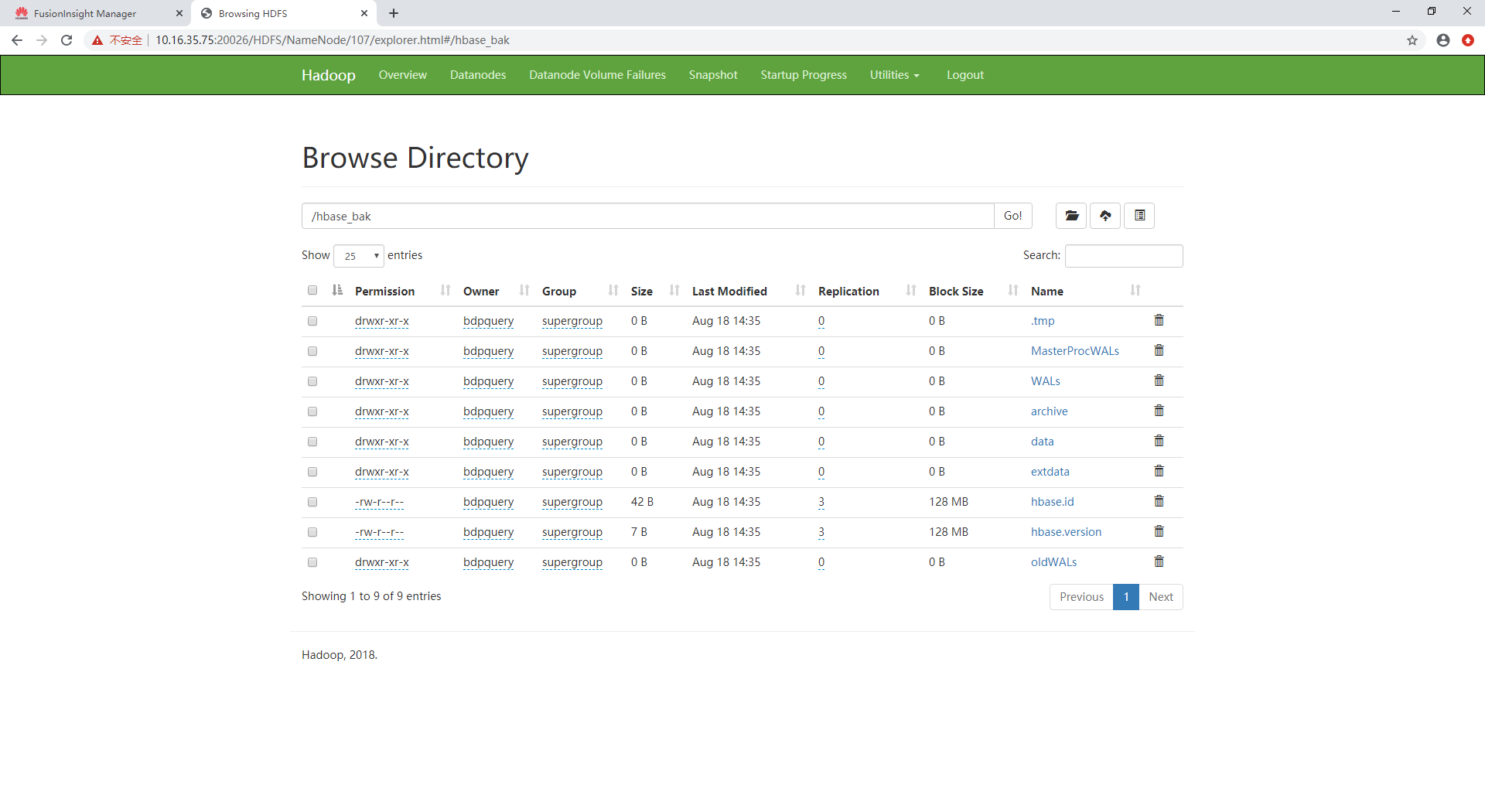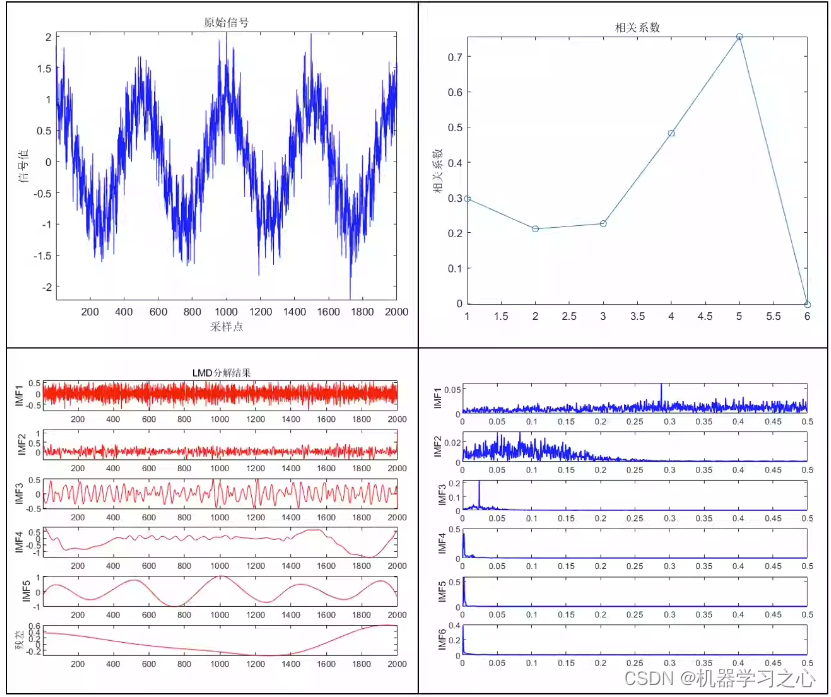
👻内容专栏: C/C++编程
🐨本文概括: C++实现日期类。
🐼本文作者: 阿四啊
🐸发布时间:2023.9.7
对于类的成员函数的声明和定义,我们在类和对象上讲到过,需要进行声明和定义分离。
一些需要使用的接口函数声明,我们放入到Date.h文件中
#include <iostream>
using namespace std;class Date
{public://构造函数Date(int year = 1, int month = 1, int day = 1);//拷贝构造函数Date(const Date& d);//析构函数//~Date(); //日期类可以不写//打印日期void Print()const;//运算符重载bool operator<(const Date& d) const;bool operator==(const Date& d) const;bool operator<=(const Date& d) const;bool operator>(const Date& d) const;bool operator>=(const Date& d) const;bool operator!=(const Date& d) const;//赋值运算符重载Date& operator=(const Date& d);//日期+= 天数Date& operator+=(int day);//日期 + 天数Date operator+(int day) const;//日期 -= 天数Date& operator-=(int day);//日期 - 天数Date operator-(int day) const;//获取当月天数int GetMonthDay(int year, int month) const;//前置++Date& operator++();//后置++Date operator++(int);//前置--Date& operator--();//后置--Date operator--(int);//日期 - 日期 返回天数int operator-(const Date& d) const;private:int _year;int _month;int _day;
};
🤗🤗下面,我们对一些日期接口函数的实现:
实现于Date.cpp文件中
一、构造函数、拷贝构造以及日期的打印
#include "date.h"
//构造函数
Date::Date(int year, int month, int day)
{_year = year;_month = month;_day = day;//检查日期是否合法if (month < 1 || month > 12 || day < 1 || day > GetMonthDay(year, month)){cout << "非法日期" << endl;//exit(-1);}
}
Date::Date(const Date& d)
{_year = d._year;_month = d._month;_day = d._day;
}
//Date::~Date()
//{
// cout << "~Date()" << endl;
//}
void Date::Print() const
{cout << _year << "年" << _month << "月" << _day << "日" << endl;
}
二、赋值运算符重载函数
//赋值运算符重载
Date& Date::operator=(const Date& d)
{if (this != &d){_year = d._year;_month = d._month;_day = d._day;}return *this;
}
三、运算符重载
比较运算符重载
我们写一个operator< 运算符重载函数和一个 operator== 运算符重载函数即可,其他直接复用就行。
bool Date::operator<(const Date& d) const
{if (_year < d._year){return true;}else if(_year == d._year && _month < d._month){return true;}else if (_year == d._year && _month == d._month && _day < d._day){return true;}else{return false;}
}
bool Date::operator==(const Date& d) const
{return _year == d._year && _month == d._month&& _day == d._day;
}
bool Date::operator<=(const Date& d) const
{return (*this < d) || (*this == d);
}
bool Date::operator>(const Date& d) const
{return !(*this <= d);
}
bool Date::operator>=(const Date& d) const
{return (*this > d) || (*this == d);
}
bool Date::operator!=(const Date& d) const
{return !(*this == d);
}
日期 ± 天数、日期 - 日期
获取当前月份的天数
首先我们需要写一个获取当月的天数GetMonthDay()函数,以便于后面用日期 ± 天数运算。
//获取当月天数
int Date::GetMonthDay(int year, int month) const
{static int MonthDayArray[13] = { 0, 31, 28, 31, 30, 31, 30, 31, 31, 30, 31, 30, 31 };//判断是否为闰年(先判断是否为2月)if (month == 2 && ((year % 4 == 0 && year % 100 != 0) || (year % 4 == 0))){return 29;}return MonthDayArray[month];
}
日期 += 天数 与 日期 + 天数
//日期+= 天数
Date& Date::operator+=(int day)
{if (day < 0){return *this -= -day;}_day += day;while (_day > GetMonthDay(_year, _month)){//月进位_day -= GetMonthDay(_year, _month);_month++;if (_month == 13){_year++;_month = 1;}}return *this;
}
//日期 + 天数
Date Date::operator+(int day) const
{Date tmp(*this);tmp += day;return tmp;
}
日期+ 天数
//Date Date::operator+(int day)
//{
// Date tmp(*this);
// tmp._day += day;
//
// while (tmp._day > GetMonthDay(tmp._year, tmp._month))
// {
// //月进位
// tmp._day -= GetMonthDay(tmp._year, tmp._month);
// tmp._month++;
// if (tmp._month == 13)
// {
// tmp._year++;
// tmp._month = 1;
// }
// }
//
// return tmp;
//}
//
日期 += 天数
//Date& Date::operator+=(int day)
//{
// *this = *this + day;
// return *this;
//}
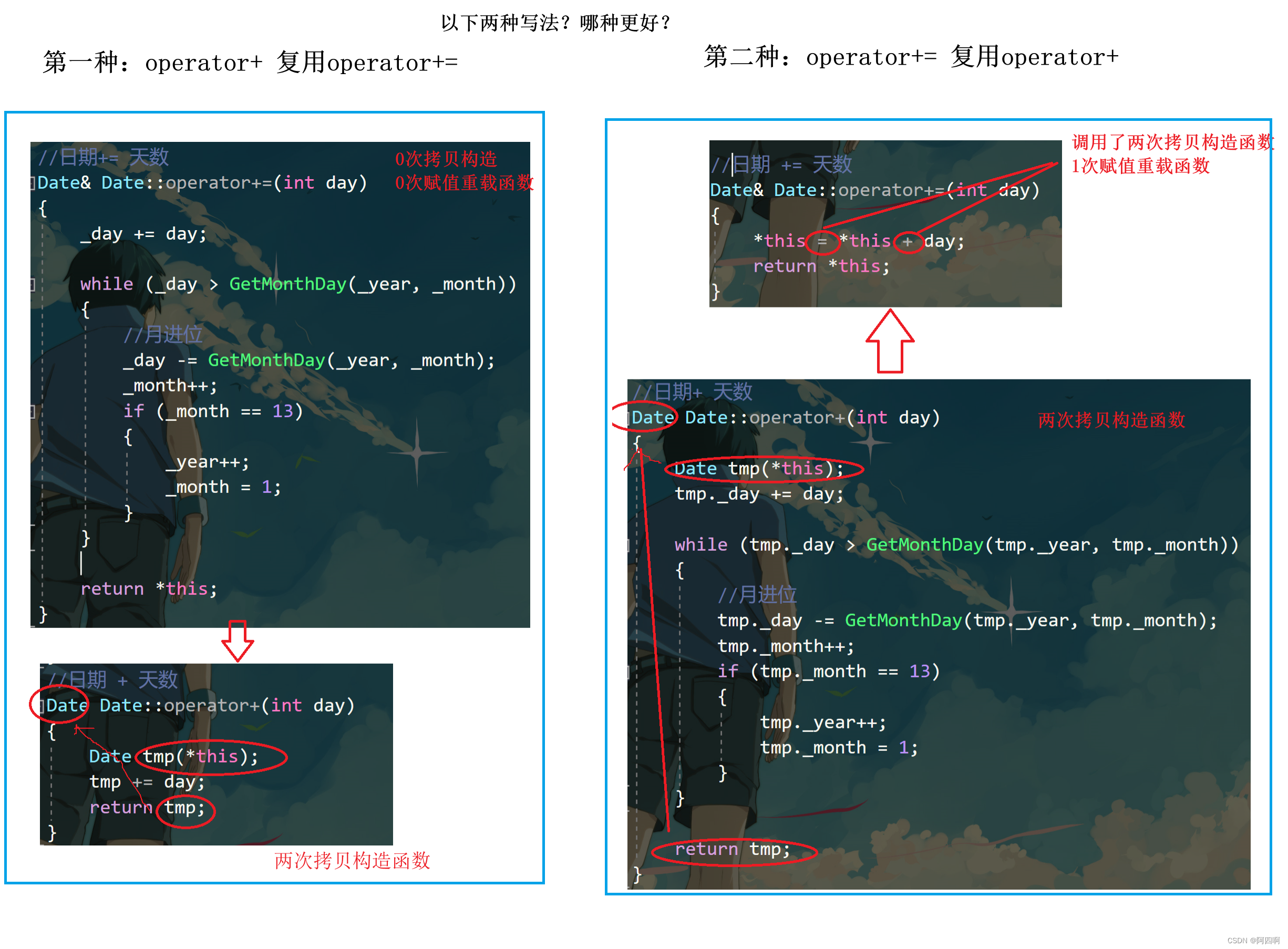
日期 -= 天数 与 日期 - 天数
我们知道了先写operator+=,再写operator+直接复用即可这种方法更优,所以我们日期减去天数也是实现operator-=,再实现operator-
//日期 -= 天数
Date& Date::operator-=(int day)
{if (day < 0){return *this += -day;}_day -= day;while (_day <= 0){_month--;if (_month == 0){_year--;_month = 12;}_day += GetMonthDay(_year, _month);}return *this;
}//日期 - 天数
Date Date::operator-(int day) const
{Date tmp(*this);tmp -= day;return tmp;
}
自增 和 自减 重载
C++规定:前置++和后置++都是一元运算符,为了让前置++与后置++形成能正确重载,后置++重载时多增加了一个int类型的参数,与前置++构成函数重载,以区分前置++
//前置++
Date& Date::operator++()
{*this += 1;//返回++之后的值return *this;
}
//后置++
Date Date::operator++(int)
{Date tmp(*this);//返回++之前的值*this += 1;return tmp;
}//前置--
Date& Date::operator--()
{*this -= 1;return *this;
}
//后置--
Date Date::operator--(int)
{Date tmp(*this);*this -= 1;return tmp;
}
日期 - 日期
// d1 - d2
int Date::operator-(const Date& d) const
{//默认认为左边日期大Date max = *this;Date min = d;int flag = 1;//为1返回正数,-1返回负数int count = 0;//统计天数//不成立则交换if (*this < d){max = d;min = *this;flag = -1;}//while(min < max)while (min != max){min++;count++;}return count * flag;
}
四、全局函数实现流插入流提取
date.h 流插入流提取重载函数的声明
/*不能重载成成员函数,否则会导致参数不匹配,因为this指针永远占据第一个位置,无法进行流插入提取操作。*/
//流插入
ostream& operator<<(ostream& out, const Date& d);
//流提取
istream& operator>>(istream& in, Date& d);
如果重载成成员函数,那么成员函数的第一个参数永远是隐藏的this指针,成员函数中只能利用out << _year << _month << _day的顺序,但是在调用时, (d1为日期类对象)d1 << cout,只能这么写,虽然可以,但是很别扭,不符合使用习惯和价值。所以我们需要实现成全局函数才可以。

但是写成全局函数会访问类的成员变量,我们可以利用友元或者将成员变量封装成成员函数解决。
date.cpp 流插入流提取重载函数的实现
/*不能重载成成员函数,否则会导致参数匹配,因为this指针永远占据第一个位置,无法进行流插入提取操作。*/
//涉及访问私有成员变量可以利用友元,或者将成员变量封装成Get成员函数
//流插入
ostream& operator<<(ostream& out, const Date& d)
{out << d._year << "年" << d._month << "月" << d._day << "日" << endl;return out;
}
//流提取
istream& operator>>(istream& in, Date& d)
{in >> d._year >> d._month >> d._day;
}
